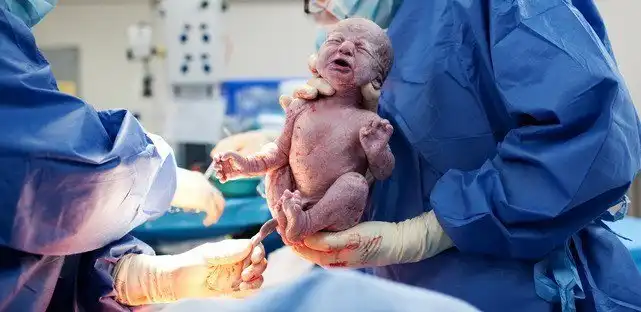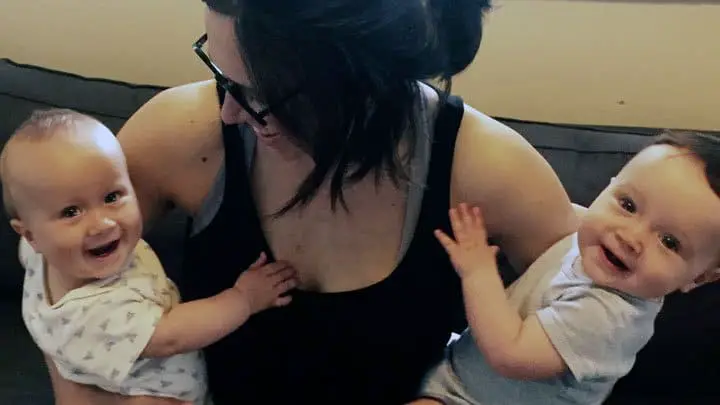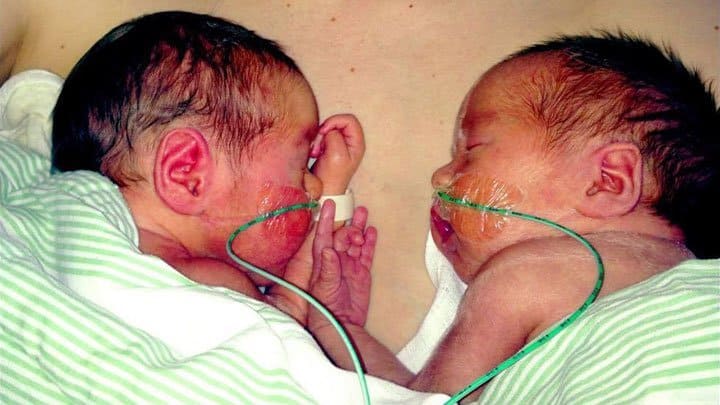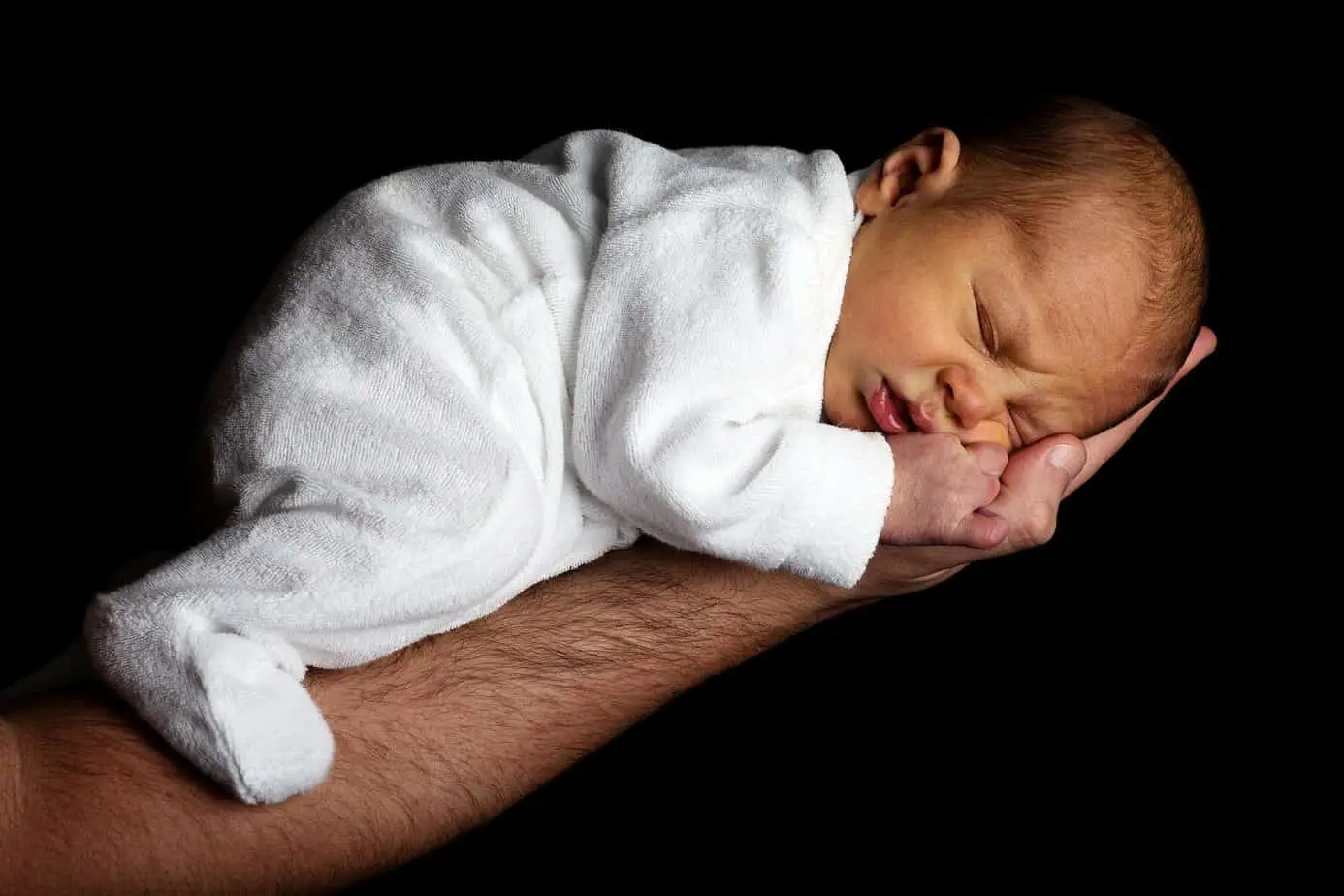New study looks at growth restriction in monochorionic twins
New Australian study focuses on women diagnosed with selective intrauterine growth restriction (sIUGR) after 16+0 weeks. Selective intrauterine growth restriction can occur in monochorionic twin pregnancies. Monochorionic twins share the same placenta. sIUGR occurs because the twins have unequal placental sharing which leads to one twin not getting enough nourishment. That twin becomes growth restricted as a consequence. The 93 women included in the study were referred to a tertiary centre in Western Australia. The centre did not routinely practice selective reduction or placental laser photocoagulation for selective intrauterine growth restriction.
Gestational age at delivery was 33+5 weeks
All women were diagnosed between 2010 and January 2017. Women with Twin to Twin Transfusion Syndrome, higher order multiples, or babies who had congenital anomalies were not included in the study. If one or both of the twins had passed at the referral scan they were not included. The 93 included cases were then divided into 3 groups dependent on the severity of the case – 3 being the cases who were most severe. 67 percent of the women were placed in group 1, 19 percent of the women in group 2 and 14 percent of the women in group 3. The median gestational age at delivery was 33+5 weeks – for most, the reason for delivery was that the condition of one or both of the babies was getting worse.
The majority of twins survived
The women in group 2 and 3 delivered earlier than the women in group 1. They delivered at a median of 30+3 weeks. The women in group 1 delivered at a median of 34+3 weeks. The babies in group 2 and 3 were generally born with lower birth weights. The babies were also more poorly at birth. Based on these findings, the researchers concluded that the babies with more severe Doppler abnormalities were delivered at an earlier age with correspondingly greater neonatal morbidity. The majority of twin pairs survived the neonatal period. This is the interval from birth to 28 days of age. It represents the time of the greatest risk to the babies.













